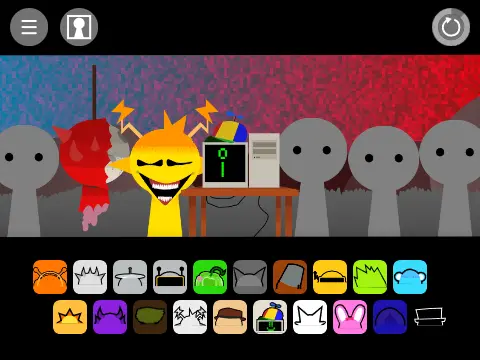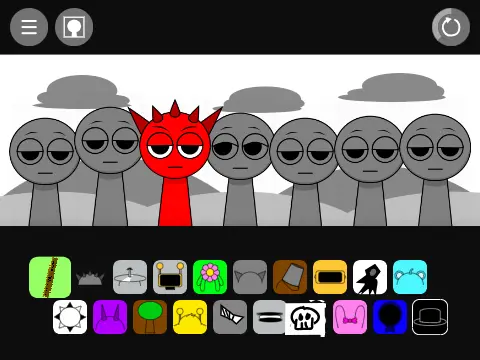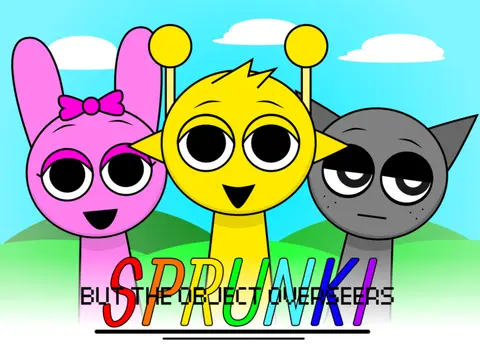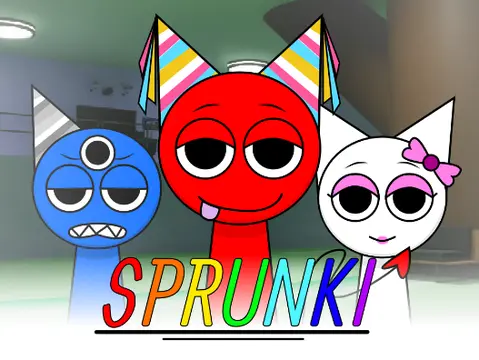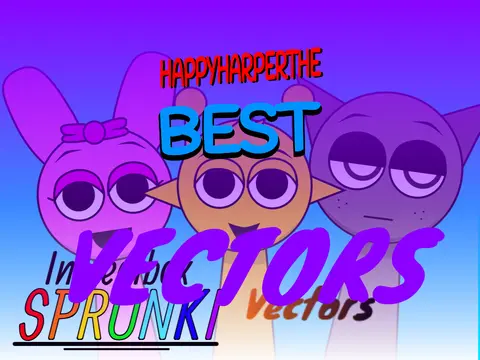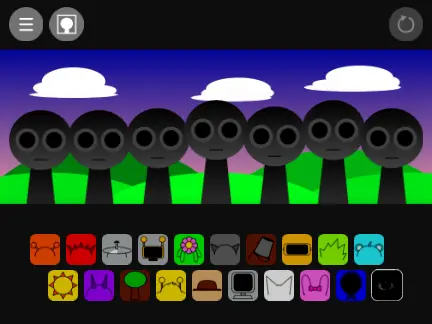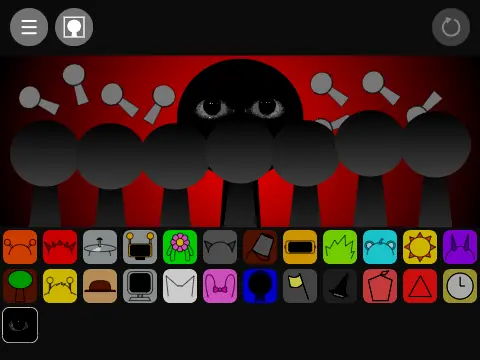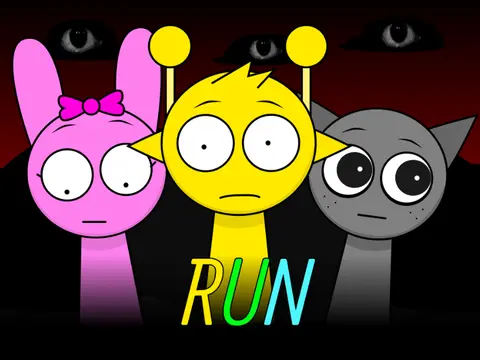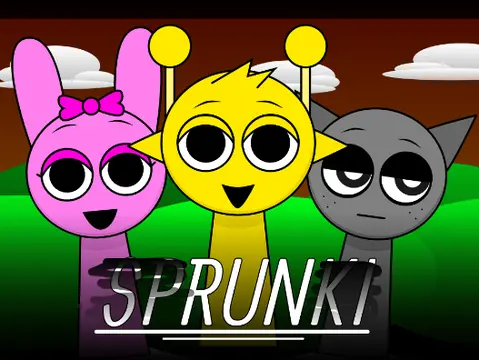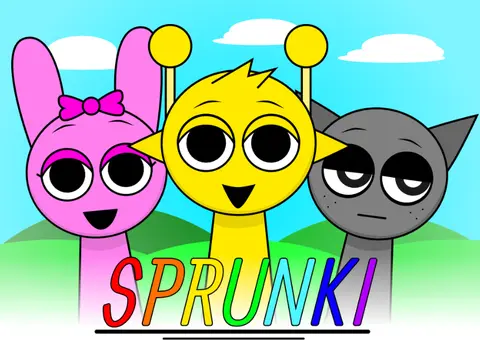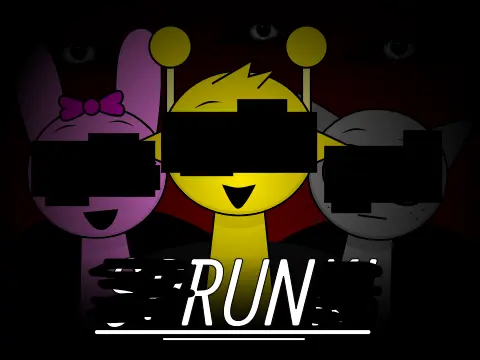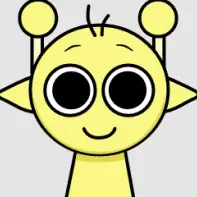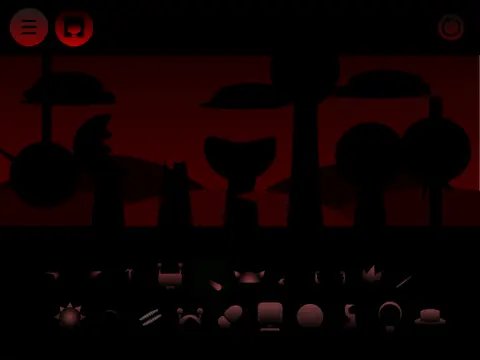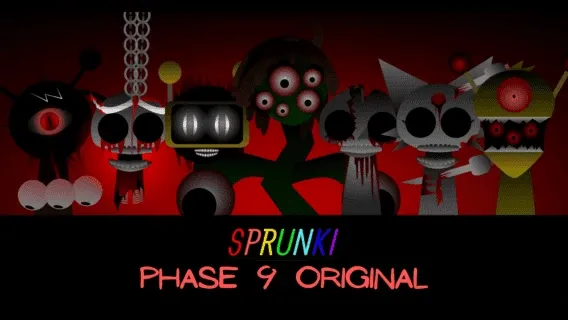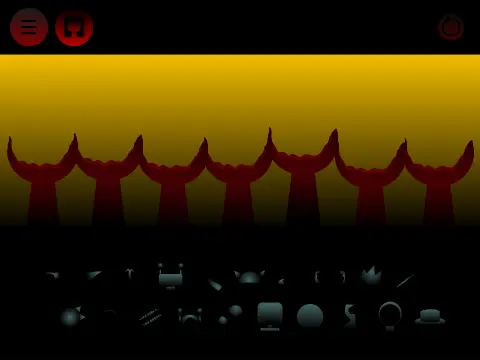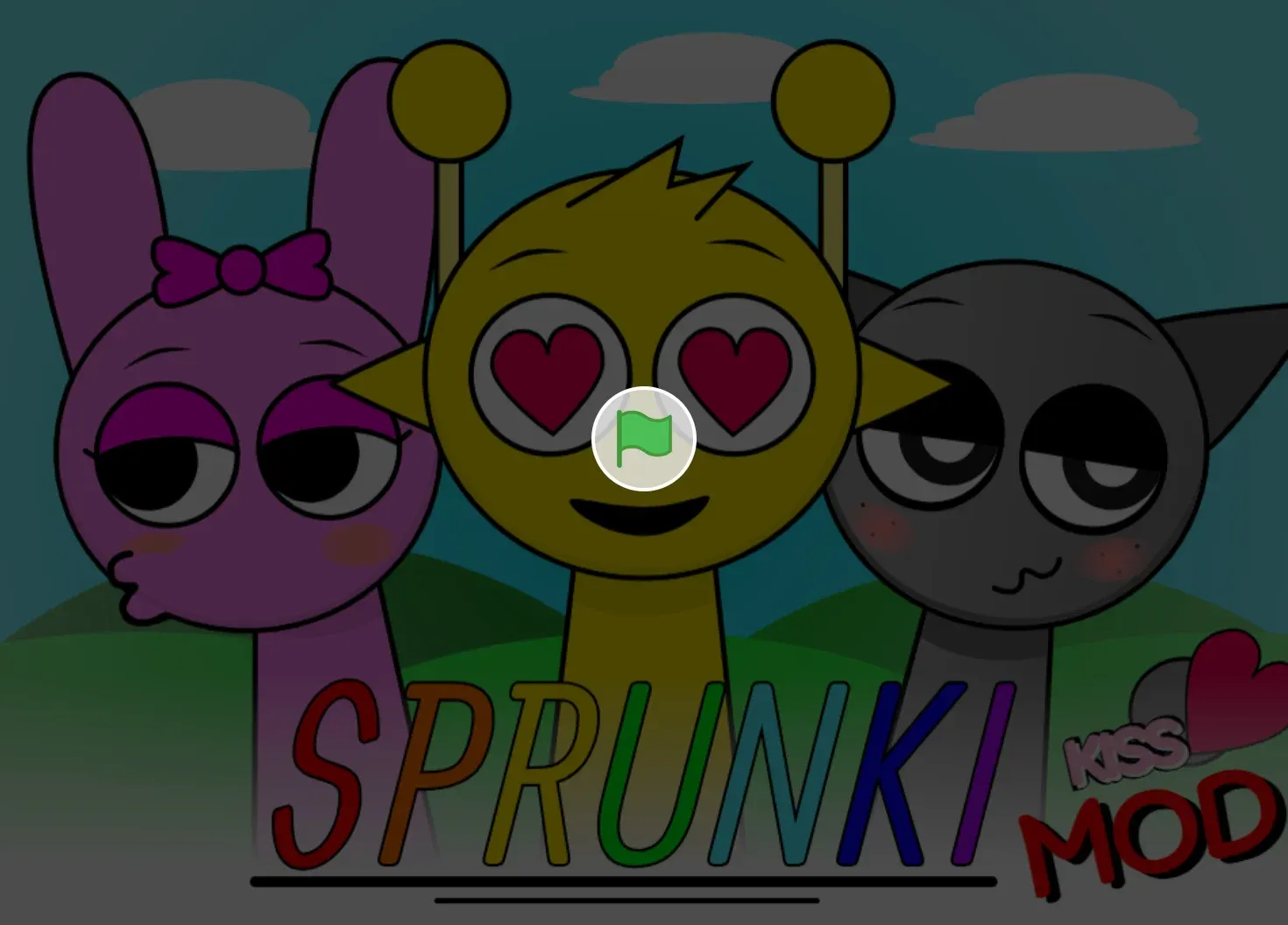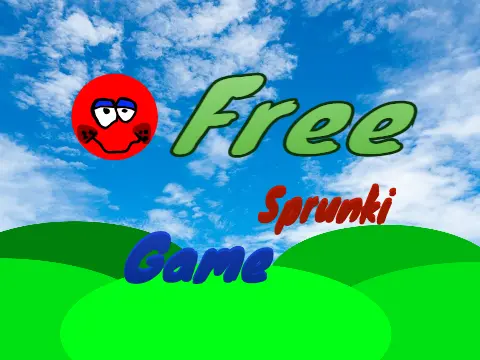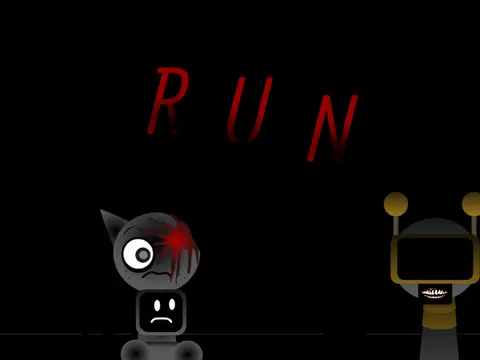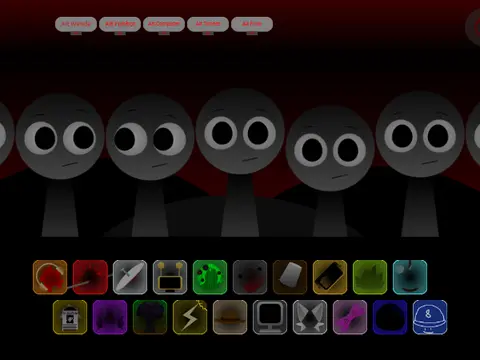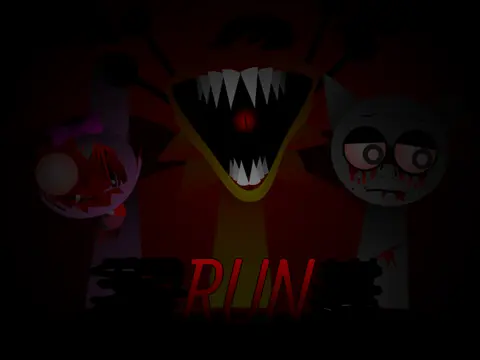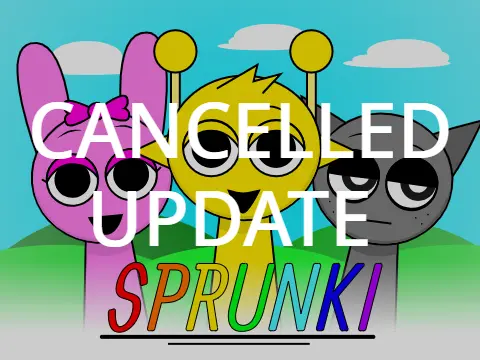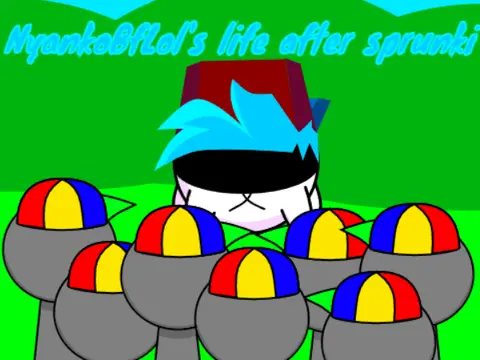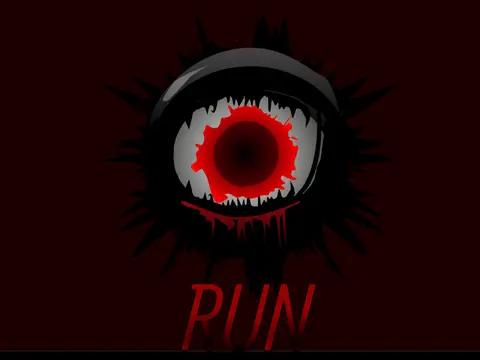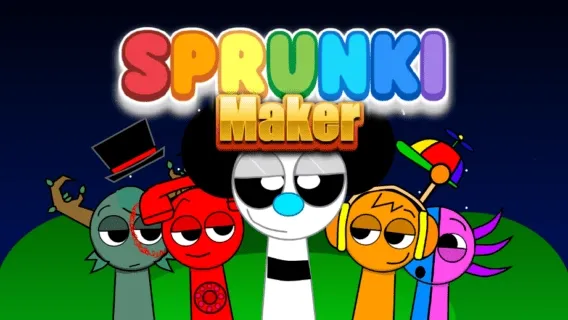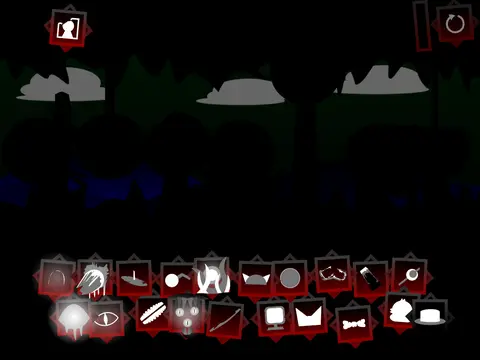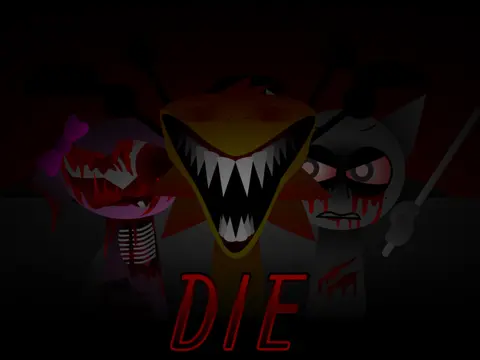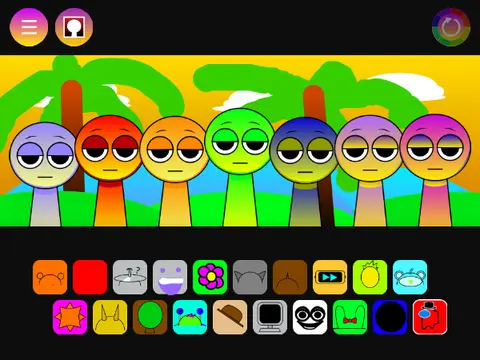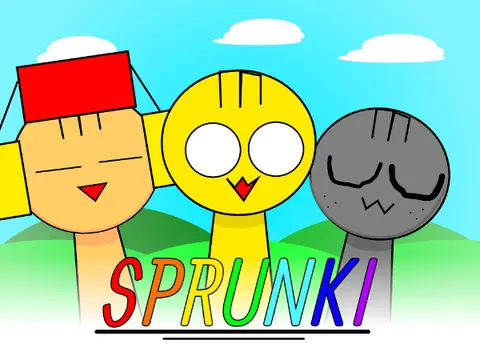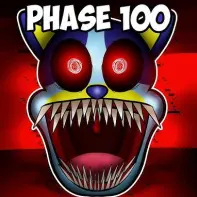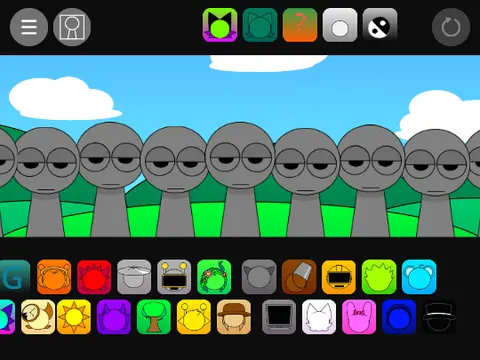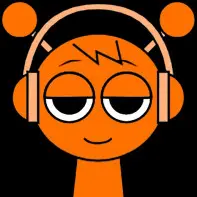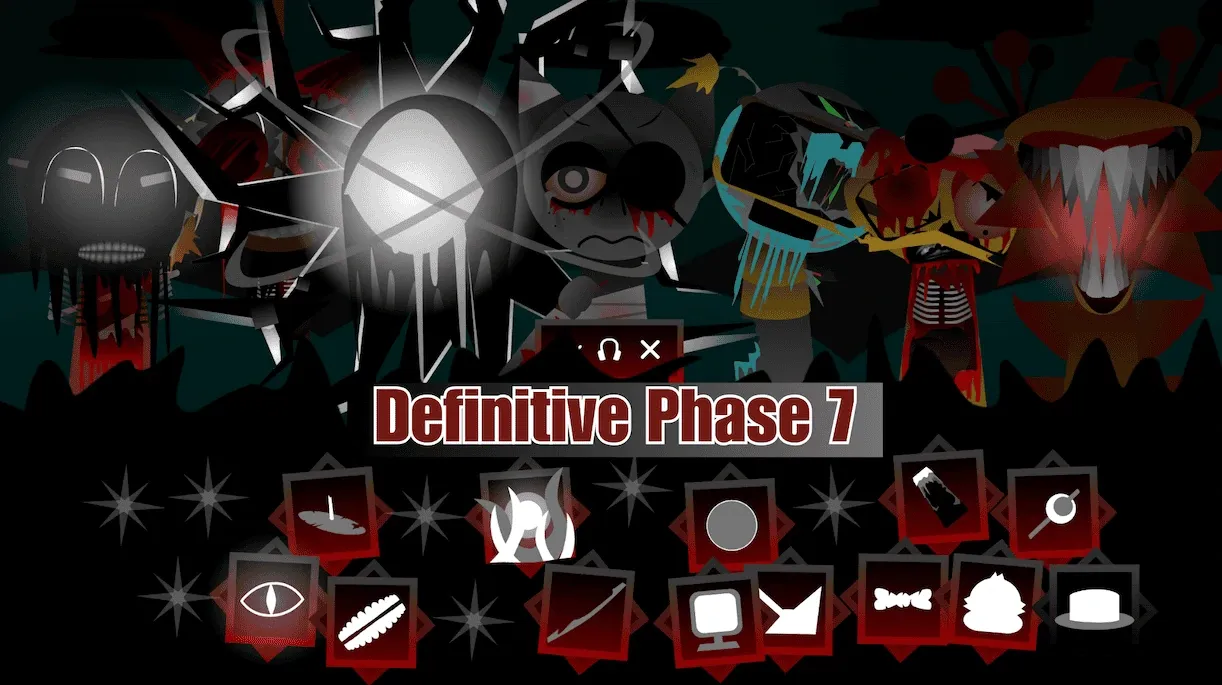incredibox - sprunki but my voice 11th project
What is Incredibox - Sprunki But My Voice 11th Project?
Incredibox - Sprunki But My Voice 11th Project is a groundbreaking music game that lets you incorporate your own voice into the musical creation process. This special edition takes the familiar Incredibox formula and adds a deeply personal twist by allowing players to use custom voice recordings as musical elements. As the 11th project in this innovative series, it represents the culmination of extensive development in voice integration technology, making it easier than ever for children to become part of their own musical compositions.
The game features the usual cast of Sprunki characters, but with a unique capability - some characters can be assigned custom voice recordings that you create. Using your device's microphone, you can record short phrases, sounds, or vocalizations that then become part of the character's musical repertoire. These personalized vocal elements can be mixed and matched with the game's standard musical components to create truly original compositions that reflect your unique vocal identity.
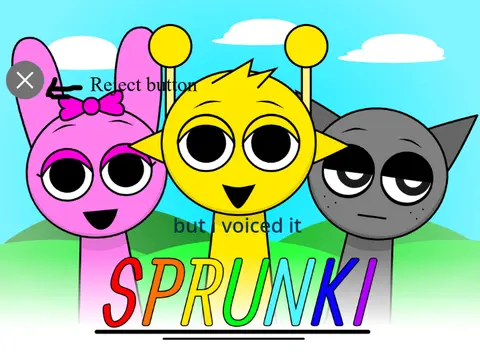
How does the voice integration work?
The voice integration in this 11th project works through a sophisticated but child-friendly recording and processing system. When you select a character that supports custom voices, the game provides a simple recording interface. You press a button, record your sound using your device's microphone, and the game automatically processes your recording to make it musical.
The processing includes several important steps. First, the game analyzes the pitch and rhythm of your recording. Then it applies musical tuning to ensure your voice fits with the other musical elements in your composition. The system also adds subtle effects like reverb and delay to make your voice sound more integrated with the professional music samples. Finally, it timestretches your recording to match the current tempo of your composition.
This technical magic happens seamlessly in the background, so children experience it as simple "record and play" functionality. The complex audio processing ensures that even untrained vocal recordings work musically within the game, eliminating the frustration that often comes when children try to incorporate their voices into music creation.
How to play Incredibox - Sprunki But My Voice 11th Project?
Playing this personalized voice edition is an exciting process that encourages vocal experimentation. Begin by familiarizing yourself with the standard game mechanics - dragging characters to the stage to build musical layers. Once you're comfortable with the basic functionality, look for the special voice-enabled characters marked with microphone icons.
When you select a voice-enabled character, you'll be prompted to record a short vocal sample. This could be anything from singing a note, saying a word, making a sound effect, or even beatboxing. The game provides visual feedback during recording to help you create samples of appropriate length and volume. After recording, you'll hear your processed voice integrated into the character's musical role.
Experiment with different types of vocal recordings for different character roles. Try recording sustained notes for melody characters, rhythmic patterns for percussion characters, or short phrases for effect characters. The game allows you to re-record samples as many times as you want until you're happy with how they sound in your composition.
As you build your composition, pay attention to how your custom voice samples interact with the pre-recorded musical elements. You might discover that certain types of vocal recordings work better with specific instrumental sounds. This experimentation teaches basic principles of vocal mixing and arrangement in a hands-on, accessible way.
What makes the 11th project special for children?
The 11th project is particularly special for children because it validates and celebrates their individual voices. In a world where children are often told to be quiet or conform, this game empowers them to use their voices as instruments of creative expression. The immediate transformation of their ordinary vocalizations into musical elements provides a powerful confidence boost.
This edition also helps children develop vocal skills and musical ears without the pressure of formal training. As they experiment with different vocal approaches to create better musical results, they naturally develop pitch awareness, rhythmic precision, and dynamic control. The game format makes this skill development feel like play rather than practice.
The personal connection children feel to compositions featuring their own voices increases engagement and investment in the creative process. They’re not just creating anonymous music; they’re creating music that literally contains pieces of themselves. This emotional connection fosters deeper engagement with musical concepts and encourages repeated creative sessions.
How does voice integration enhance music creation?
Voice integration transforms music creation from an abstract activity into a personal expression tool. When children hear their own voices as part of their compositions, they develop a different relationship with the music they create. It becomes not just something they made, but something that contains their identity - a powerful concept for developing minds.
The voice feature also teaches important concepts about modern music production. Many contemporary musicians use vocal sampling and manipulation as core production techniques. By introducing these concepts in a simplified, gamefied format, the 11th project prepares children for more advanced music creation tools they might encounter later.
From an educational perspective, the voice integration encourages vocal exploration and development. Children naturally experiment with different vocal techniques to see how they’ll sound in their compositions. They might try singing higher or lower, using different tones, or creating rhythmic patterns with their voices. This exploration builds vocal confidence and musical understanding simultaneously.
Most importantly, the voice feature makes music creation more accessible to children who might not play traditional instruments. Every child has a voice, so this feature eliminates barriers to entry that might exist with instrument-based music games. This inclusivity aligns with modern educational principles that value multiple forms of intelligence and expression.
What creative possibilities does personal voice open?
The personal voice feature opens numerous creative possibilities that extend beyond standard music games. Children can create compositions that literally speak their names or include inside jokes with friends. They can record thematic vocal samples that tell miniature stories through their music. The personal element transforms the game from a generic music tool into a platform for individual storytelling.
The voice feature also encourages collaboration. Friends can create compositions together, with each contributing their own vocal samples. Siblings can create family music projects featuring everyone's voices. This social dimension adds richness to the creative experience and teaches valuable lessons about musical collaboration.
For shy children or those with speech challenges, the game provides a safe space to experiment with vocal expression. The musical processing creates distance between their raw voice and the final result, reducing self-consciousness. Many children find it easier to express themselves vocally when they know their voice will be transformed into a musical element rather than presented raw.
Ready to put your voice into music? Explore more personalized gaming experiences with our Sprunki OC maker and discover other interactive Sprunki games that will help you express your unique creative vision through music and sound!




